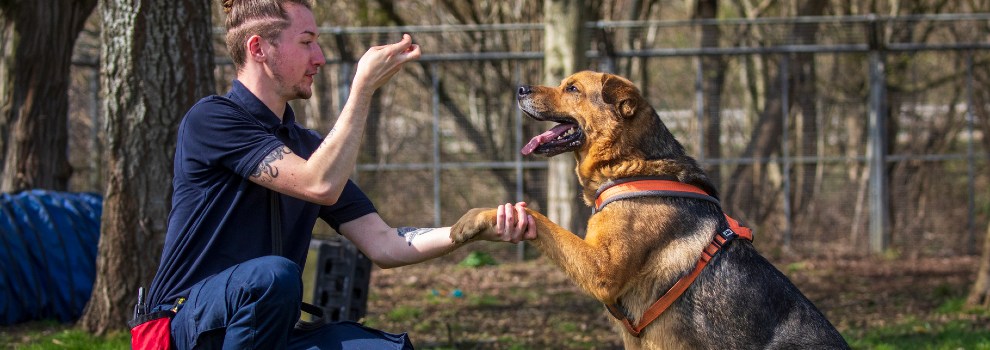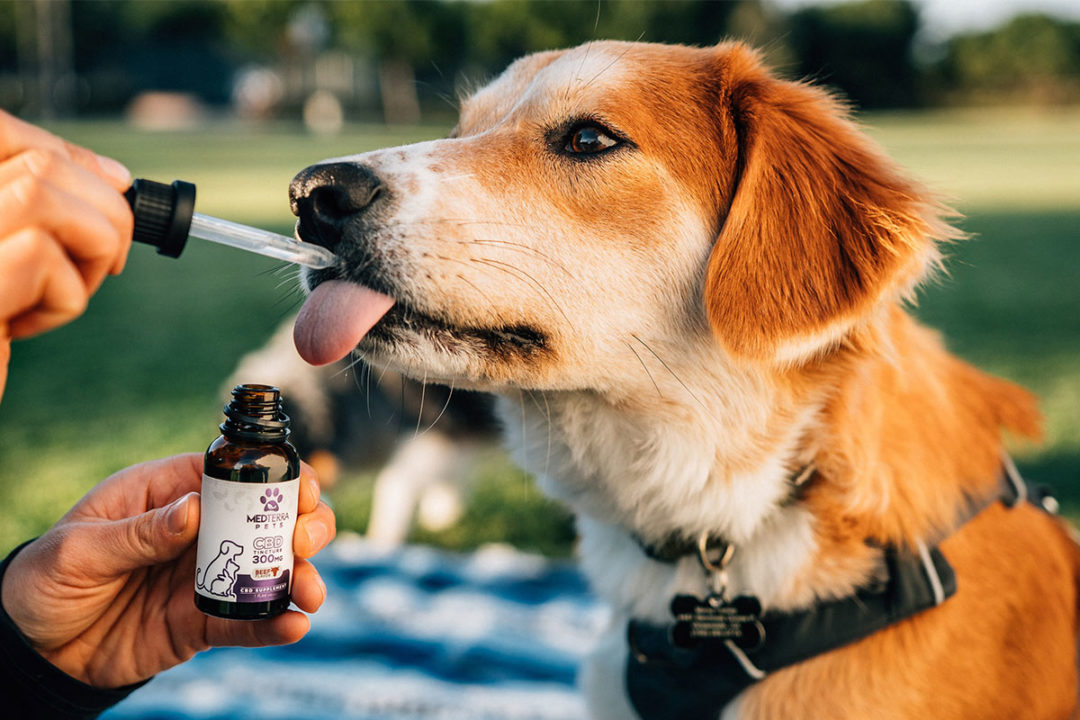Mastering Obedience: A Guide To Effective Dog Training

Welcome to our guide on mastering obedience: a comprehensive manual for effective dog training. In this article, we aim to provide you with the knowledge and techniques necessary to establish a strong bond with your furry friend while nurturing their obedience skills.
Understanding dog behavior and psychology is crucial in creating a harmonious relationship between you and your canine companion. By grasping the underlying motivations behind their actions, we can tailor our training methods to suit their individual needs.
Our guide will take you through the process of establishing leadership and boundaries, enabling you to become the confident and respected owner that your dog looks up to. We’ll also delve into teaching basic commands, addressing any behavioral issues that may arise along the way.
Utilizing positive reinforcement techniques forms the cornerstone of our approach. By rewarding desired behaviors rather than punishing unwanted ones, we foster an environment of trust and mutual understanding between you and your loyal companion.
Get ready to embark on an exciting journey towards successful dog training – together, let’s master obedience training for dogs in Jacksonville!
Understanding Dog Behavior and Psychology
Understanding a dog’s behavior and psychology is crucial in building a deep and meaningful bond with your furry companion. Dogs have their unique ways of communicating, and it is essential to decipher their body language, vocalizations, and actions to understand what they are trying to convey.
By understanding their behavior patterns, we can address any underlying issues or potential challenges effectively. Additionally, knowing the psychology behind our canine friends allows us to anticipate their needs better and provide them with the necessary mental stimulation.
Dogs are social animals that thrive on positive interactions, so learning about their innate instincts and pack mentality helps create a harmonious environment for both human and canine members of the family.
Developing this understanding lays a solid foundation for successful training techniques that promote obedience while nurturing a loving relationship with our dogs.
Establishing Leadership and Boundaries
Establishing leadership and boundaries is crucial for effectively training your furry companion. By setting clear expectations and providing consistent guidance, you can establish yourself as the pack leader and create a harmonious relationship with your dog. Here are four key ways to establish leadership and boundaries:
- Consistency: Dogs thrive on routine and structure. Set consistent rules and stick to them, whether it’s regarding meal times, walks, or behavior expectations.
- Positive Reinforcement: Reward good behavior with treats, praise, or playtime. This reinforces positive habits and encourages your dog to repeat them.
- Clear Communication: Use simple commands and body language to communicate your expectations clearly. Avoid confusion by being direct and assertive in your communication style.
- Boundaries: Establishing boundaries helps your dog understand what is acceptable behavior and what is not. Be firm but fair when correcting unwanted behaviors.
By implementing these strategies, you can become a confident leader for your dog while fostering a strong bond based on trust and respect.
Teaching Basic Commands
Start by teaching your furry companion some basic commands to improve their communication skills and enhance your bond.
Begin with the essential command, ‘sit.’ Hold a treat above their head and move it back towards their tail, saying ‘sit’ as you do so. When they sit down, reward them with the treat and praise. Repeat this process until they respond consistently.
Next, move on to ‘stay.’ With your dog in the sitting position, hold up your hand like a stop sign and say ‘stay.’ Take a step back and then return to them, rewarding them if they stay put. Gradually increase the distance and duration of the stay command over time.
Lastly, teach them to ‘come’ when called by using treats or toys as motivation. Call their name followed by the command and reward them enthusiastically when they come to you.
Remember to be patient and consistent during training sessions for optimal results.
Addressing Behavioral Issues
Dealing with behavioral issues in our furry companions can be a challenging but necessary aspect of their development and overall well-being. Whether it’s excessive barking, chewing on furniture, or aggressive behavior, addressing these issues is essential to ensure a harmonious relationship between you and your dog.
Firstly, it’s important to understand the root cause of the behavior. Is it due to fear, boredom, or lack of training? Once identified, we can implement appropriate strategies such as positive reinforcement and consistent training methods.
Consistency is key when addressing behavioral issues; establishing clear boundaries and rewarding desired behaviors will help your dog understand what is expected of them.
Additionally, seeking professional help from a certified dog trainer or behaviorist can provide valuable guidance in managing and modifying problematic behaviors effectively.
Remember, patience and understanding are crucial during this process as we work towards improving our furry friend’s behavior for their benefit and ours.
Using Positive Reinforcement Techniques
Using positive reinforcement techniques can be a fun and rewarding way to shape your furry friend’s behavior. By providing rewards such as treats, praise, or playtime whenever your dog exhibits the desired behavior, you can effectively reinforce their good habits. This method focuses on rewarding the positive rather than punishing the negative, creating a more harmonious relationship between you and your pet.
One key aspect of positive reinforcement is timing. It’s crucial to deliver the reward immediately after your dog performs the desired action so they can make a clear association between their behavior and the reward. Consistency is also essential in order for your dog to understand what behaviors are being reinforced.
In addition to treats and praise, using clicker training can be beneficial for teaching new commands or tricks. The clicker serves as a marker to indicate when your dog has done something correctly, followed by an immediate reward.
Remember, positive reinforcement techniques not only help train your dog but also strengthen the bond between you and your furry companion. So grab some treats and get ready for some enjoyable training sessions with your pup!
Conclusion
In conclusion, mastering obedience in dog training is essential for a harmonious relationship between dogs and their owners. By understanding the behavior and psychology of dogs, establishing leadership and boundaries, teaching basic commands, and addressing behavioral issues, owners can effectively train their furry companions.
Positive reinforcement techniques prove to be highly effective in shaping desired behaviors. With patience, consistency, and love, anyone can become a skilled trainer and enjoy a well-behaved and happy canine companion.
So let’s start this journey of training our dogs with compassion and commitment!









